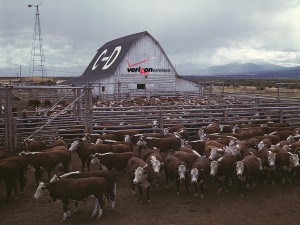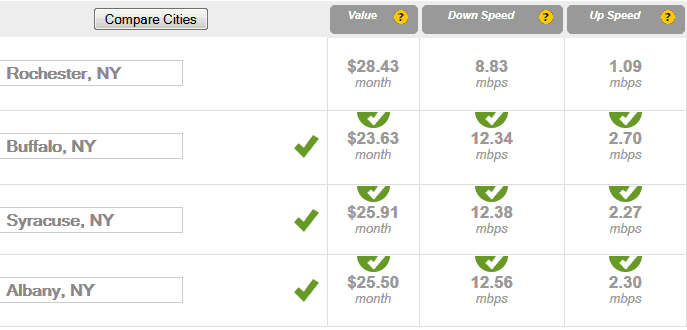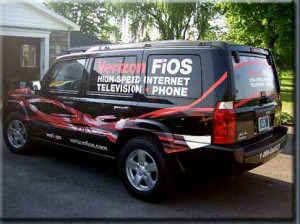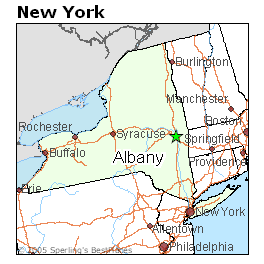Saturday will be the final day Verizon Wireless customers will be able to sign up for one-year service contracts and still get a discount on new equipment.
Effective April 17, customers will have just two choices for service — the ubiquitous two year contract with a steep early termination fee or month-to-month service priced artificially high to recover equipment subsidies off-contract customers do not receive.
Verizon claims the changes will “reduce consumer confusion,” which suggests customers couldn’t make up their minds between contracts for one year or two. But the company claims most subscribers managed soon enough, usually choosing two year contracts to maximize discounts on equipment.
Some media outlets suggest the change is to discourage customers from abandoning Verizon Wireless for AT&T by holding them to longer two year contract terms. But with AT&T losing customers to Verizon, that is an unlikely reason.
More likely is the company’s ongoing “simplification” of service plans, which has the unfortunate side effect of herding customers into plans that may not serve them well. Verizon earlier did away with their popular “New Every Two” handset bonus plan which rewarded loyal customers renewing their contracts with additional $50 discounts. The company also has cut back on other discounts on equipment, driving an increasing number of customers to third party retailers like Wirefly.
The one year service plan was established to let customers get some discount on wireless equipment without tying them down to a 24 month service commitment. Since wireless providers build in cost recovery of the subsidies they “give” customers, you effectively pay back those discounts over two years by in the form of overpriced service plans. Month to month “off-contract” customers do not get the benefit of any discounts for new equipment, but pay the same high prices for service everyone else does.
If your contract has recently expired, or you never had one, you might do better with Page Plus or Wal-Mart’s “Straight Talk” which both rely on Verizon’s network, but sell service at much lower prices, without a contract.


 Subscribe
Subscribe






